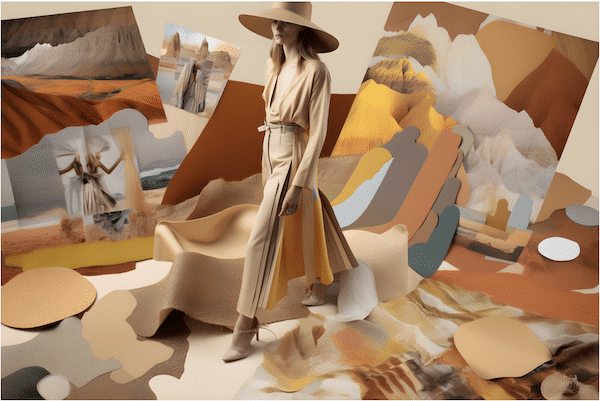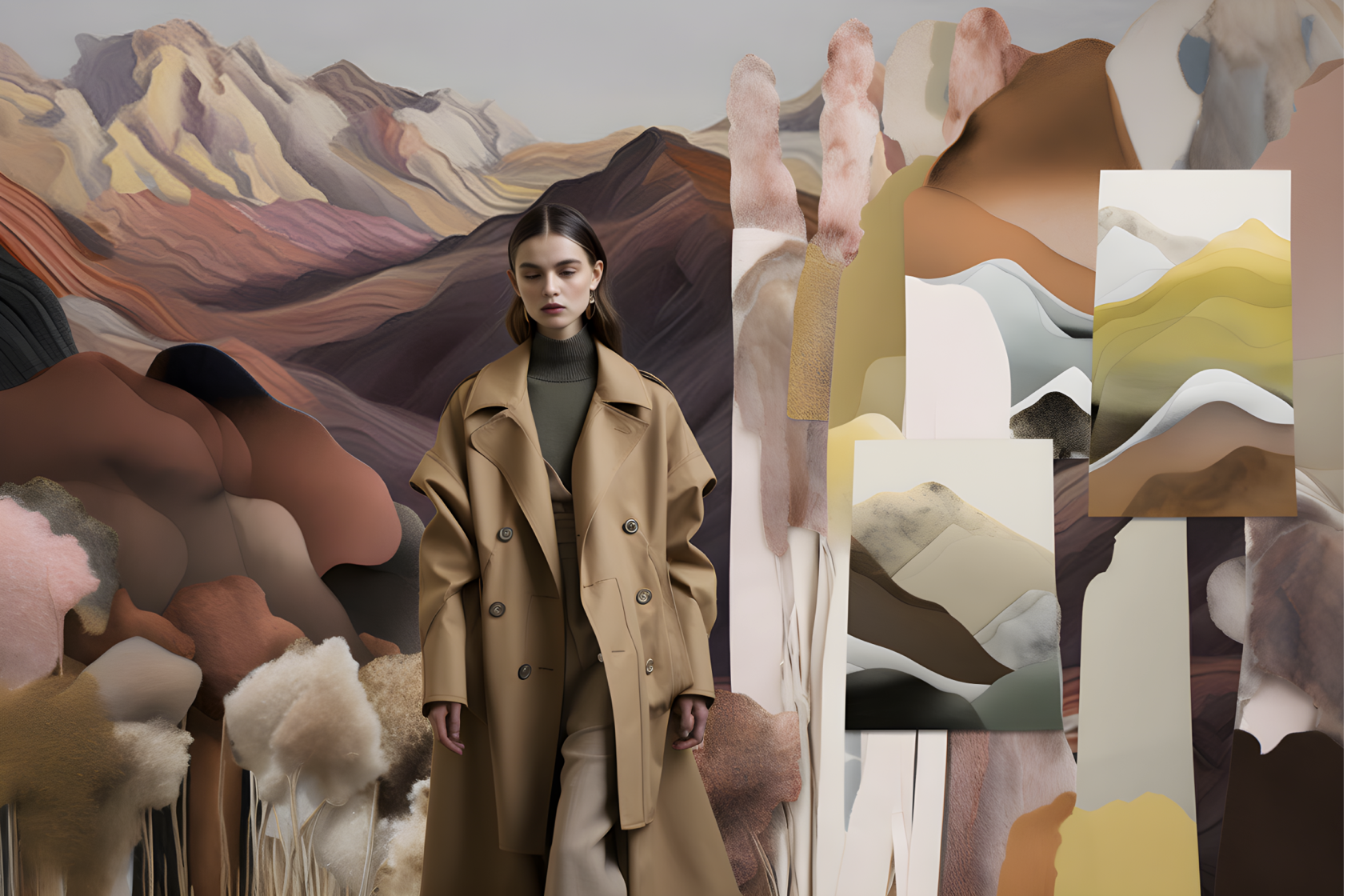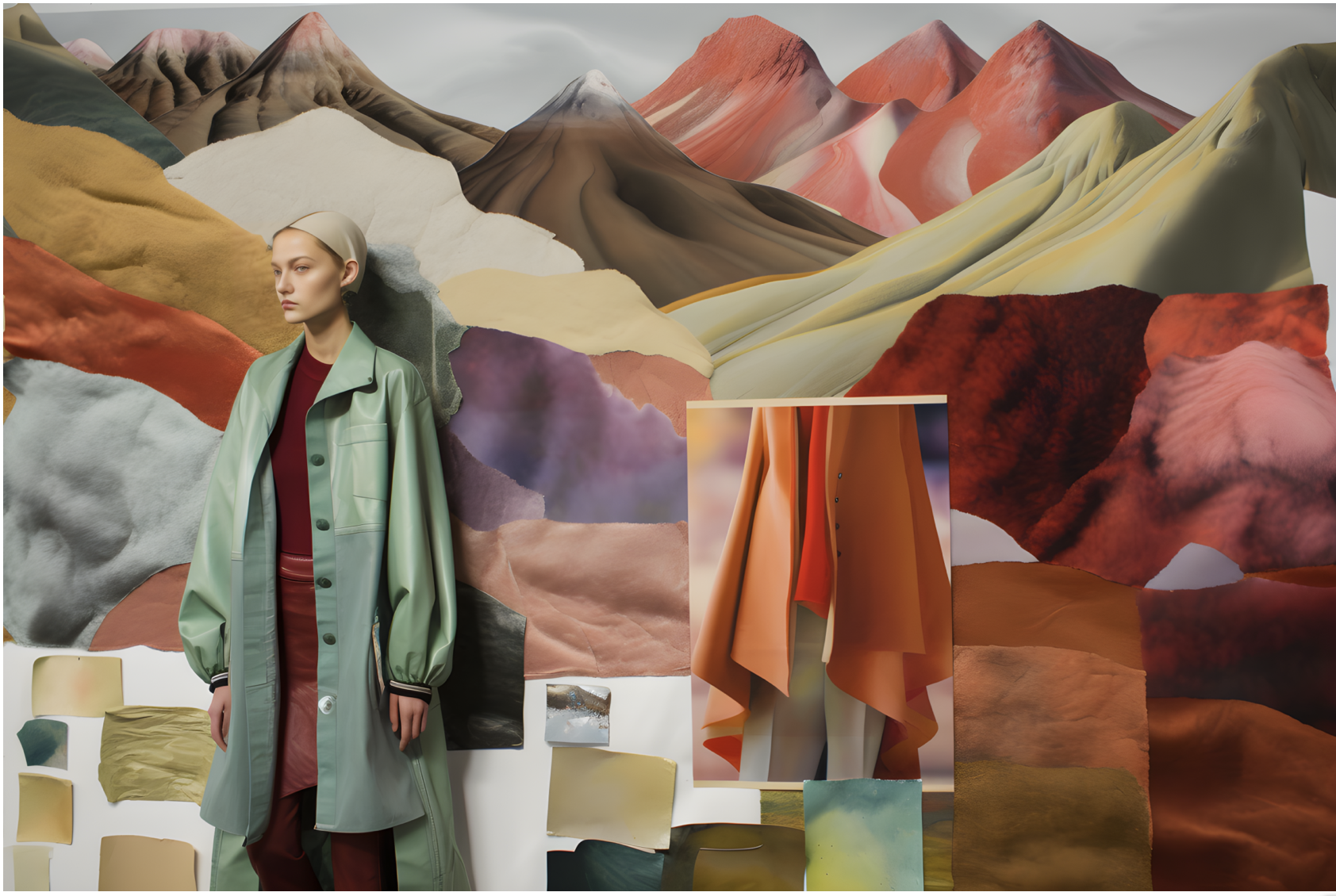By Demi Lawrence – Staff Reporter, Portland Business Journal
August 18, 2023,
Human Intelligence is an occasional series to help PBJ readers better understand how they might use AI to improve their businesses. We’ll highlight takeaways and best practices shared by people who are adding AI to their products or who study the technology.
 Jena Nesbitt is an instructor at Portland Fashion Institute teaching a class on AI’s fashion design applications. She’s been working in fashion for 15 years and began playing with AI software such as Runway XML, Dale and Midjourney in 2020 during the pandemic.
Jena Nesbitt is an instructor at Portland Fashion Institute teaching a class on AI’s fashion design applications. She’s been working in fashion for 15 years and began playing with AI software such as Runway XML, Dale and Midjourney in 2020 during the pandemic.
She soon found online fashion communities who also saw the potential for AI in her industry, and attended AI Fashion Week in New York in 2021 where she connected with leaders in the space and saw how AI was going to change the industry landscape over the next few years.
Now, in a course on AI and fashion design, Nesbit is teaching students what words and phrases to type into AI to prompt the images they want, the ethics behind AI in fashion in terms of intellectual property and the limits the technology has.
In an interview for the Business Journal’s Human Intelligence series Nesbitt said she sees AI solely as a tool and not as a replacement for what she and her students are working toward: a more creative, sustainable and inclusive fashion industry. This interview has been edited for length and clarity.

How does AI aid in doing things that maybe were harder to do before it existed?
I’ve been in the fashion industry for a long time, and especially when you work in making products that are commercially viable, people tend to have limited tastes and like to play it safe. When you work in corporations and you work in creating products that will make money, you’re sort of in a tunnel. “OK, I know this will sell, I know people buy this color, I know that this is popular.” So you’re just making things that you know will be profitable, which is great. But when it comes to really breaking through and coming up with new ideas and things that people may be interested in, it gives you more capacity to play. Whereas with the traditional methods, pre-2020, there’s only so much time in the day, and a lot of those processes take a lot of time. Your boss isn’t going to tell you to go fool around with color combinations that may be a little bit risky, they’re going to say “Stay in your lane. We know what works.”
For me, (AI) has taken some of the time-consuming parts of ideation, because to come up with brilliant ideas you would remove yourself from the hustle and bustle of creation and go explore ideas. You’re reading books, you’re flipping through magazines, you’re going for long walks, you’re traveling, and all of those things are fantastic and great for our human experience, but also time-consuming, expensive and — then during Covid — not nearly as accessible as they had been.
In being able to put together a bunch of crazy ideas and conjure up what that might be with the help of these tools, it opens your mind and frees you to think more broadly and offer solutions that may not have dawned on you, simply because the longer you’re in your professional career, the more you get into being in your lane, like you’re a cog in the wheel, you know what you’re supposed to do, you know what works.

What are some things revolving around AI and how you use it that you’re wary of, and how are you communicating with your students things that they should be cautious of?
This is a conversation that the future thinkers and the big players in this space are all talking about, so I’ll start with this example. We’re at a show, and it’s very clear that some of the collections that are being shown are literally derivative of other fashion runway shows, like somebody took the pictures of someone else’s runway show that they liked, they plugged it in there and they let AI tinker with it a little bit, but it basically looked the same. And anyone who studies fashion for a long time and is part of the industry can look at it and be like, “That looks kind of like a Tom Ford show from like 10 or 20 years ago, that doesn’t feel different or interesting or like it’s this person’s unique perspective.”
We’ve had some really interesting conversations, like you don’t own those images, so when you take them and you plug them into the server, you’re essentially taking someone’s IP and giving it over to the machine to recreate. When I talk to my students about that example, it’s like, you’re a fashion designer, right? You should have a perspective, and a point of view, and a story that you want to tell.
The other thing that I discourage my students from doing is directly referencing another artist’s body of work, like saying to AI, “Use this photographer, this fashion designer, this artist as my starting point.” I tell them that’s not critical thinking, that’s not looking at this like a process, because to create a really individual to you and interesting image, you are working through the process much like you would be at a photoshoot. I am lucky enough to have had experience working on photo shoots as a stylist and working with models and photographers. So I understand lighting, and I understand types of cameras, and I understand the lenses and the point of view and then the way I want the image to look, and so I use language to get there.
Say I love David LaChapelle’s photography style. I’m not just going to plug in David LaChapelle. Instead I will say I want things to look glassy, and I want this to be shot in a surrealistic setting and describe what that looks like. If you say, “Take this person’s body of work,” yeah, you’re going to get close to what you were imagining, but did you really put that much effort into it?
I feel like people see AI as this thing that is going to replace all these jobs and designers are in trouble. I’d really love to hear your perspective on that as a designer who is teaching AI to students.
I just don’t agree with that, it’s like any tool. The people who have command over the tool are the ones that are the least fearful, typically. And the people that don’t have command over something are intimidated by what it could or could not do. It’s how you experiment with something and you try it and you see what comes back, then you can begin to assess how this could take things away from a job. How could this impact us in a way where we may have less responsibilities, but less responsibilities in terms of the things that take up your time doesn’t mean you don’t have a job. It means you have more space to be creative. You have more space to think deeply about solving real problems instead of what I was experiencing prior to this, where it was real churn and burn. I did what I knew would work because I didn’t have time to think more broadly because I was so caught up in these processes that take time.
Sure, there are going to be less physical photoshoots for example, less of us hiring models and photographers and stylists, and taking clothing from a wardrobe or having something made just for a photograph. But is that sustainable? Like taking a fleet of people to shoot three pretty pictures for a magazine that costs tens, if not hundreds of thousands of dollars, potentially causes environmental harm to a setting, if they’re doing it on location. That’s a gray area. I don’t have an answer. It’s kind of an interesting debate, though.
I think people, because of AI, will have less trust in what they’re seeing on their screens. I think it’s going to encourage more of an in-person relationship to product and specifically fashion. So does that mean we shop less online, we go into the store and we touch and we feel things just to ensure that the reality of what we saw in pictures? Will we insist that we understand that physical models aren’t necessary in some contexts, but it’s helpful for us to see a diversity of bodies and shapes and colors? It’s never going to be accessible, or even affordable, for most brands to shoot a garment on 50 different people. Nobody’s ever really done that on a meaningful level.
I wish I had a black-and-white kind of opinion, but it really does ride the line in a big way, because it’s trading off some things that are kind of not great. But then there is going to be some stuff that we had been doing as part of our traditional processes in the industry that may fizzle out, so some of those jobs may go away, but I think those people just redirect into a different and probably more beneficial part of the industry.





